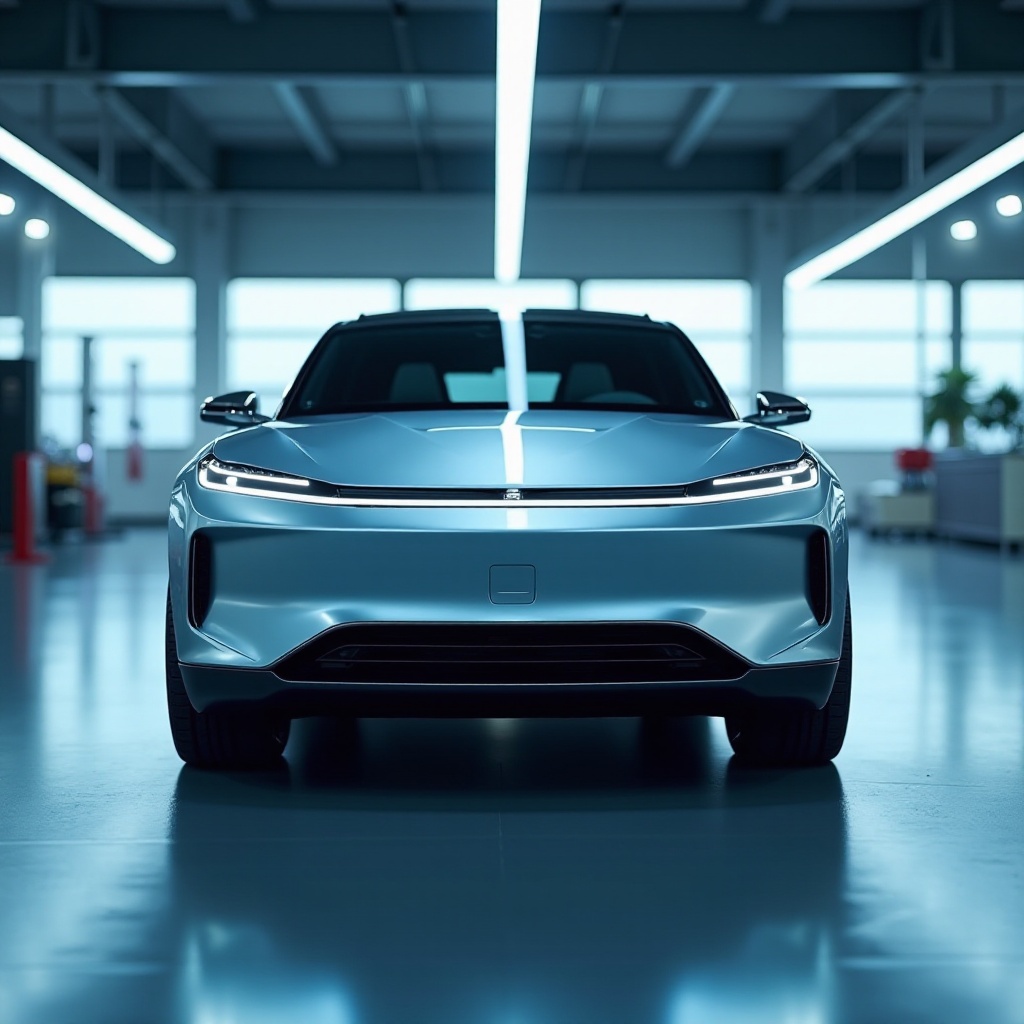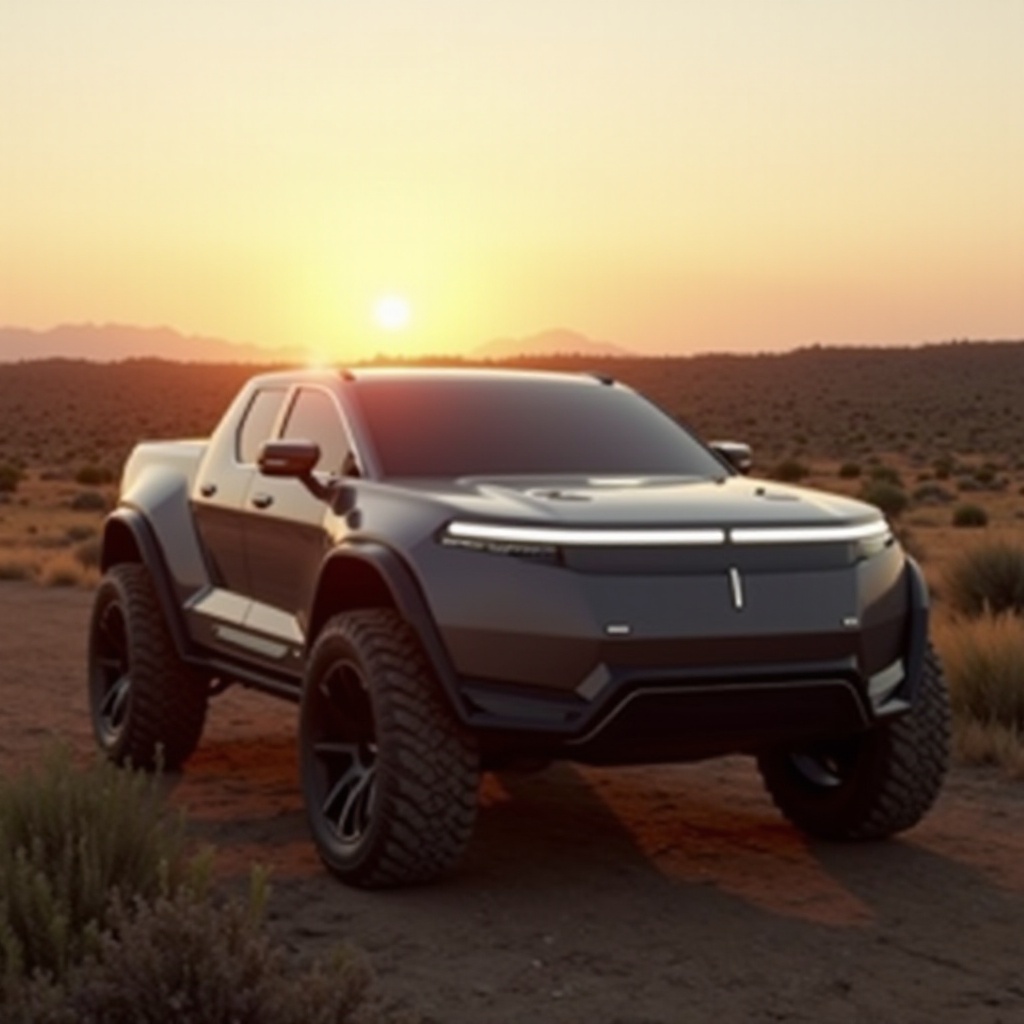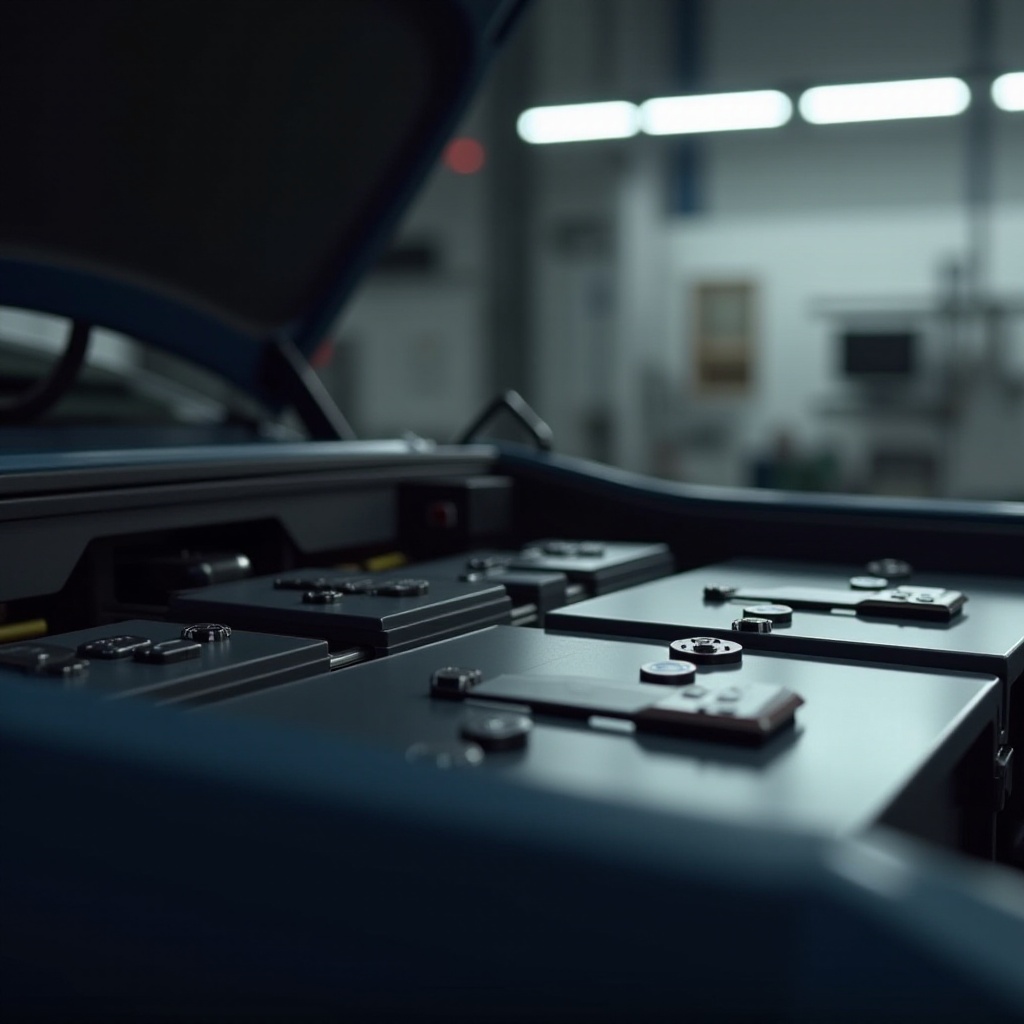Introduction
When investing in a pioneering electric vehicle like the Rivian, understanding the longevity of the battery is crucial. Battery life directly influences the vehicle’s performance, maintenance costs, and overall driving experience. This comprehensive guide explores the technology behind Rivian batteries, the factors that impact their lifespan, estimated longevity, and actionable tips to extend their life. By the end of this article, you’ll have a thorough understanding of what to expect from Rivian batteries and how to maximize their efficiency.

Understanding Rivian Battery Technology
Rivian has made significant strides in electric vehicle (EV) technology, placing a strong emphasis on their battery systems. The company uses advanced lithium-ion battery packs that offer high energy density, excellent thermal stability, and robust cycle life. These batteries are designed to handle the demands of off-road driving while providing substantial range and power.
Rivian’s battery architecture includes modules and cells optimized for performance and longevity. Each module contains a network of cells managed by a sophisticated Battery Management System (BMS). The BMS regulates charging and discharging processes, monitors temperatures, and ensures the cells are balanced for uniform wear and tear.
Performance features such as rapid charging capacity and regenerative braking contribute significantly to the overall efficiency of Rivian’s batteries. Regenerative braking allows energy recovery during deceleration, enhancing range and reducing reliance on external charging sources. Additionally, Rivian’s thermal management system keeps battery temperatures within optimal limits, crucial for preserving battery health over the long term.
Understanding this intricate technology is essential for anticipating how different factors can affect battery life and what users can do to ensure their Rivian vehicles operate efficiently.
Factors Affecting Rivian Battery Longevity
Numerous factors influence the lifespan of Rivian batteries. Understanding these will help you maximize the longevity of your vehicle’s battery.
Driving Habits and Conditions
Driving style significantly impacts battery life. Frequent hard accelerations and high-speed driving can strain the battery, reducing its lifespan. Additionally, off-roading or driving on rugged terrains places extra load on the battery, leading to faster wear.
Long trips with consistent speeds are often less stressful for batteries than frequent short trips with stop-and-go traffic. Efficient driving practices such as gradual acceleration and deceleration can help you get the most out of your battery.
Environmental Factors
Temperature is a critical environmental factor affecting battery life. Extreme heat accelerates battery degradation, while freezing temperatures can reduce performance. Rivian’s thermal management system helps mitigate these effects, yet the surrounding climate still plays a role.
Storing your Rivian in a garage or shaded area can help protect the battery from temperature extremes. Utilizing pre-conditioning features to adjust the battery temperature before driving can also prove beneficial.
Charging Frequency and Practices
Charging habits are vital in determining battery longevity. Regularly charging to 100% or letting the battery deplete completely can strain the battery. Maintaining a charge level between 20% and 80% is generally recommended for optimal battery health.
Frequent use of rapid chargers can also impact battery life due to the higher currents involved, which generate more heat. While Rivian batteries are designed to handle fast charging, relying on regular, slower charging processes can help extend battery lifespan.

Estimated Lifespan of Rivian Batteries
Estimating the lifespan of Rivian batteries involves considering both the manufacturer’s predictions and real-world data.
Manufacturer’s Estimates
Rivian estimates that their battery packs will last between 8 to 10 years or roughly 200,000 miles before significant capacity reduction occurs. This estimate aligns with industry standards for EV batteries, reflecting the company’s confidence in its technology.
Real-world data from Rivian users will evolve as more vehicles hit the road and accumulate mileage. Initial feedback suggests Rivian batteries maintain excellent performance over several years of regular use, thanks to robust design and technology. Online forums and community groups provide valuable insights into user experiences, with many drivers reporting minimal degradation even after extensive use. Tracking real-world statistics over the coming years will give us a clearer picture of true battery lifespan.
Comparison with Other Electric Vehicle Batteries
When compared to batteries from other EV manufacturers like Tesla and Nissan, Rivian’s batteries show competitive longevity. Advances in battery technology and management systems across the industry contribute to a general trend of increasing battery lifespan.
Rivian’s focus on rugged durability places their batteries in a favorable light, especially for users planning extensive off-road or demanding driving conditions.
Extending the Life of Your Rivian Battery
Maximizing the lifespan of your Rivian battery involves adopting certain habits and practices.
Best Practices for Driving and Maintenance
- Drive Efficiently: Use smooth acceleration and braking to reduce battery strain.
- Regular Maintenance: Follow Rivian’s maintenance schedule to ensure all systems, including the battery, are functioning optimally.
- Monitor Battery Health: Use in-vehicle diagnostics to stay informed about battery condition and address issues promptly.
Optimal Charging Routines
- Charge Regularly: Keep the battery within the 20-80% charge range.
- Avoid Frequent Fast Charging: Use slower, regular charging methods when possible.
- Pre-Condition Battery: Use the pre-conditioning feature to optimize battery temperature before a drive.
Long-Term Battery Health Tips
- Store Properly: Keep the vehicle in a shaded or temperature-controlled location.
- Limit Exposure to Extreme Temperatures: Avoid exposing the vehicle to prolonged periods of extreme heat or cold.
- Use Regenerative Braking: Utilize regenerative braking to recapture energy and reduce reliance on external charging.

Conclusion
Understanding how Rivian batteries work and what impacts their longevity is crucial for any Rivian owner. By recognizing the factors that affect battery life and adopting recommended practices, you can ensure your Rivian remains efficient and operational for many years. The insights and tips provided here offer a roadmap to maximizing your vehicle’s battery lifespan, ultimately enhancing your driving experience and protecting your investment.
Frequently Asked Questions
How does extreme weather impact Rivian battery life?
Extreme temperatures can accelerate battery degradation or temporarily reduce performance. Rivian’s thermal management system mitigates these effects, but users should still avoid prolonged exposure to extreme conditions when possible.
What is the warranty on Rivian batteries?
Rivian offers an 8-year or 175,000-mile warranty on their battery packs. This warranty covers significant capacity loss, ensuring owners are protected against early battery failure.
How often should I charge my Rivian to prolong battery life?
It’s best to maintain a charge level between 20-80%. Avoid frequent charging to 100% or complete discharges, and try to use slower, regular charging methods instead of fast charging.
